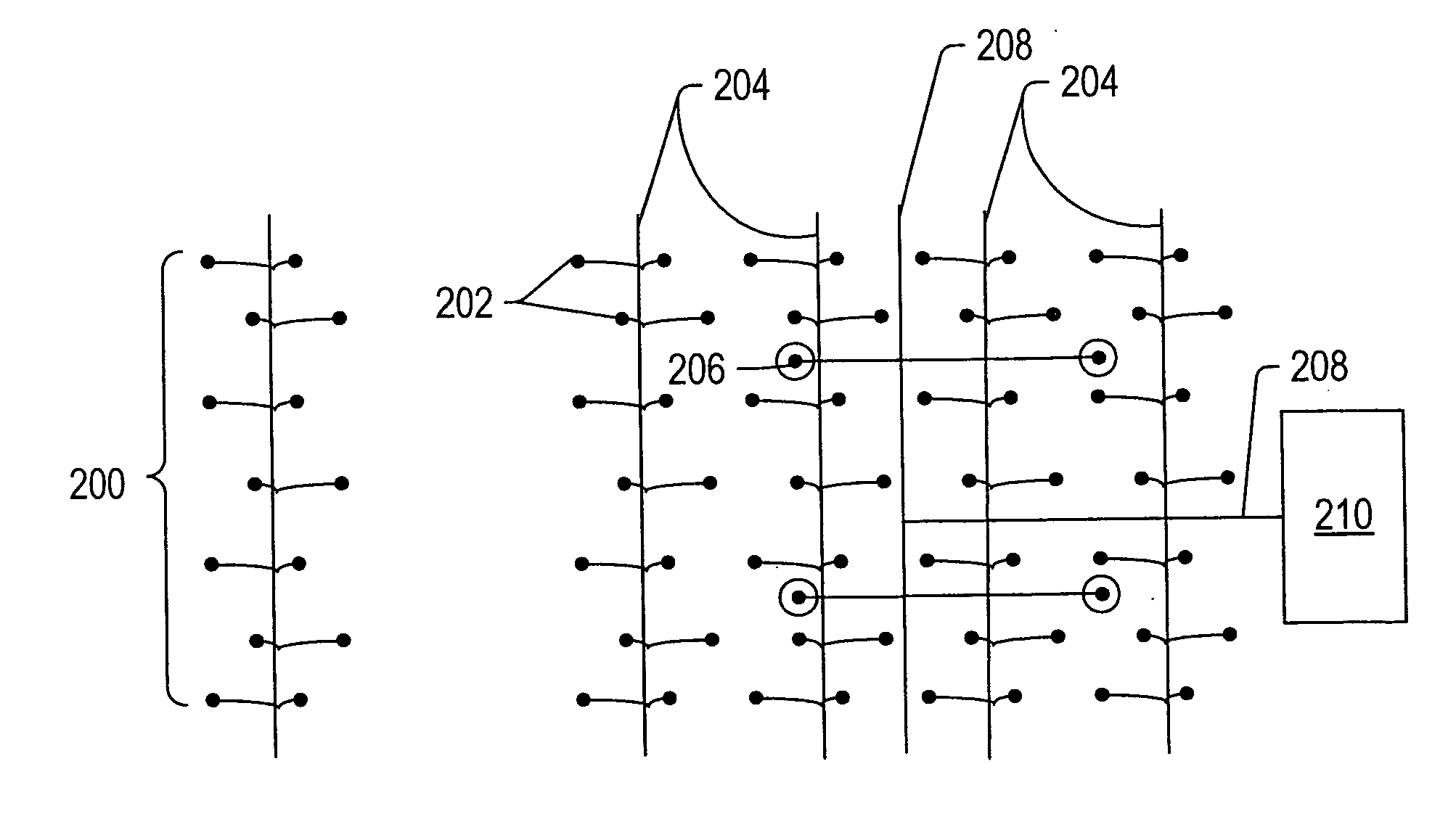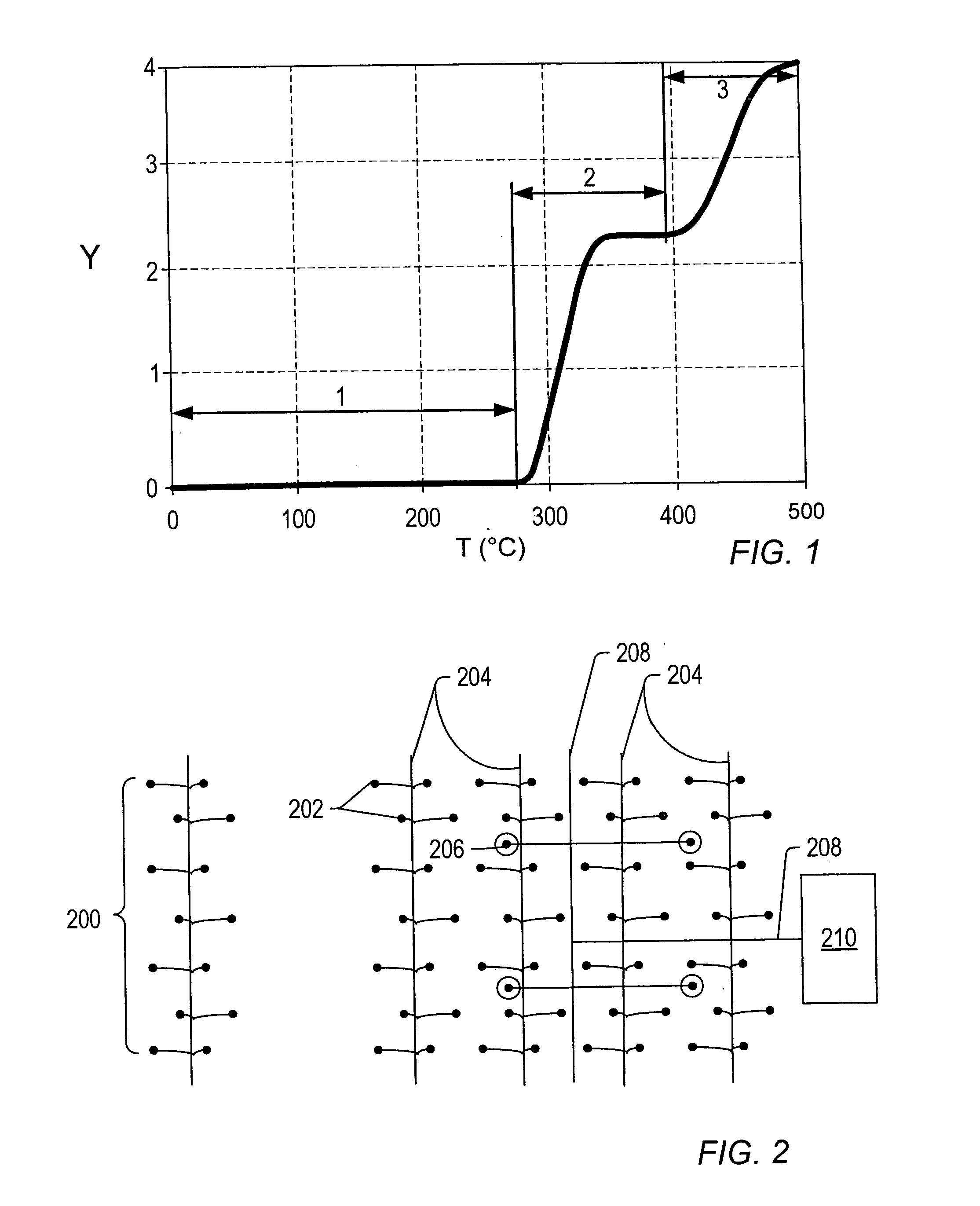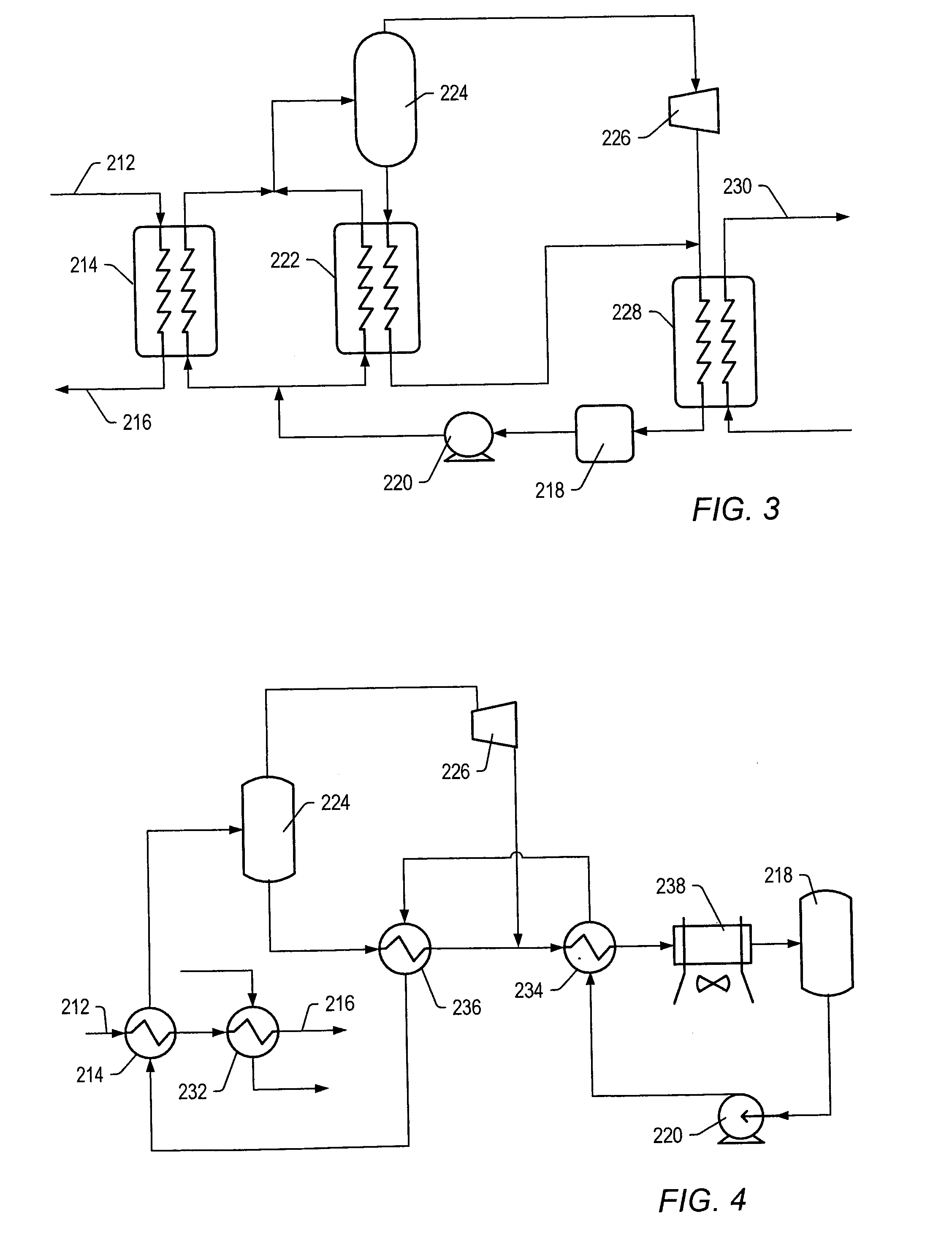Methods of hydrotreating a liquid stream to remove clogging compounds
a technology of hydrotreating liquid and clogging compounds, which is applied in the direction of flushing, wellbore/well accessories, insulation, etc., can solve the problems of insufficient injection capacity, difficult to obtain permeability in oil shale formation between injection and production wells, and relatively high operating costs
- Summary
- Abstract
- Description
- Claims
- Application Information
AI Technical Summary
Benefits of technology
Problems solved by technology
Method used
Image
Examples
##fidation example
Metal Sulfidation Example
[1172]FIG. 200 depicts projected corrosion rates (metal loss per year) over a one-year period for several metals in a sulfidation atmosphere. The metals were exposed to a gaseous mixture containing about 1% by volume carbon monoxide sulfide (COS), about 32% by volume carbon monoxide (CO) and about 67% volume CO2 at 538° C. (1000° F.), at 649° C. (1200° C.), at 760° C. (1400° F.), and at 871° C. (about 1600° F.) for 384 hours. The resulting data was extrapolated to a one-year time period. The experimental conditions simulates in-situ sub-surface formation sulfidation conditions of 10% H2 by volume, 10% H2S by volume and 25% H2O by volume at 870° C. Curve 1428 depicts 625 stainless steel. Curve 1430 depicts CF8C+ stainless steel. Curve 1432 depicts data for 410 stainless steel. Curve 1434 depicts 20 25 Nb stainless steel. Curve 1436 depicts 253 MA stainless steel. Curve 1438 depicts 347H stainless steel. Curve 1440 depicts 446 stainless steel. 410 stainless st...
PUM
 Login to View More
Login to View More Abstract
Description
Claims
Application Information
 Login to View More
Login to View More - R&D
- Intellectual Property
- Life Sciences
- Materials
- Tech Scout
- Unparalleled Data Quality
- Higher Quality Content
- 60% Fewer Hallucinations
Browse by: Latest US Patents, China's latest patents, Technical Efficacy Thesaurus, Application Domain, Technology Topic, Popular Technical Reports.
© 2025 PatSnap. All rights reserved.Legal|Privacy policy|Modern Slavery Act Transparency Statement|Sitemap|About US| Contact US: help@patsnap.com



